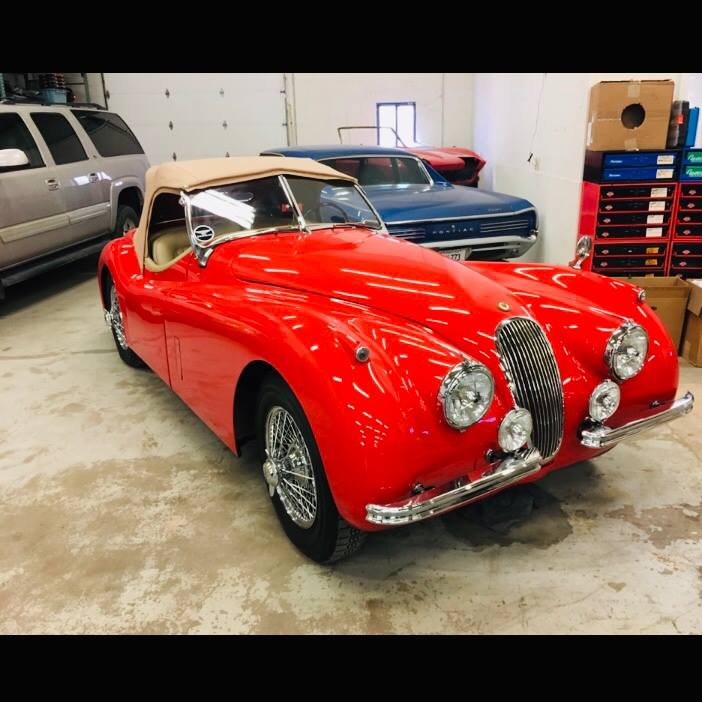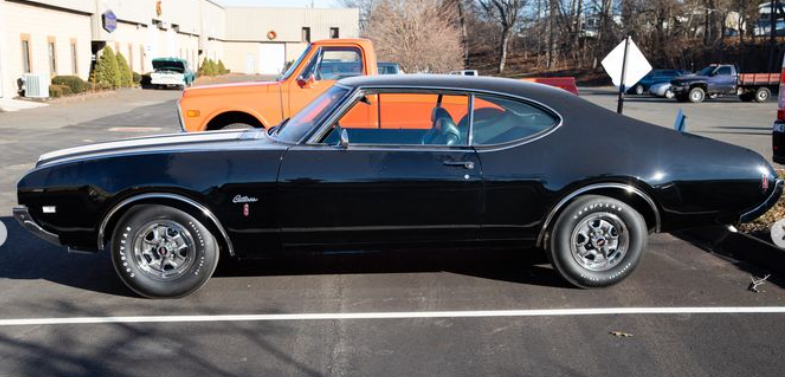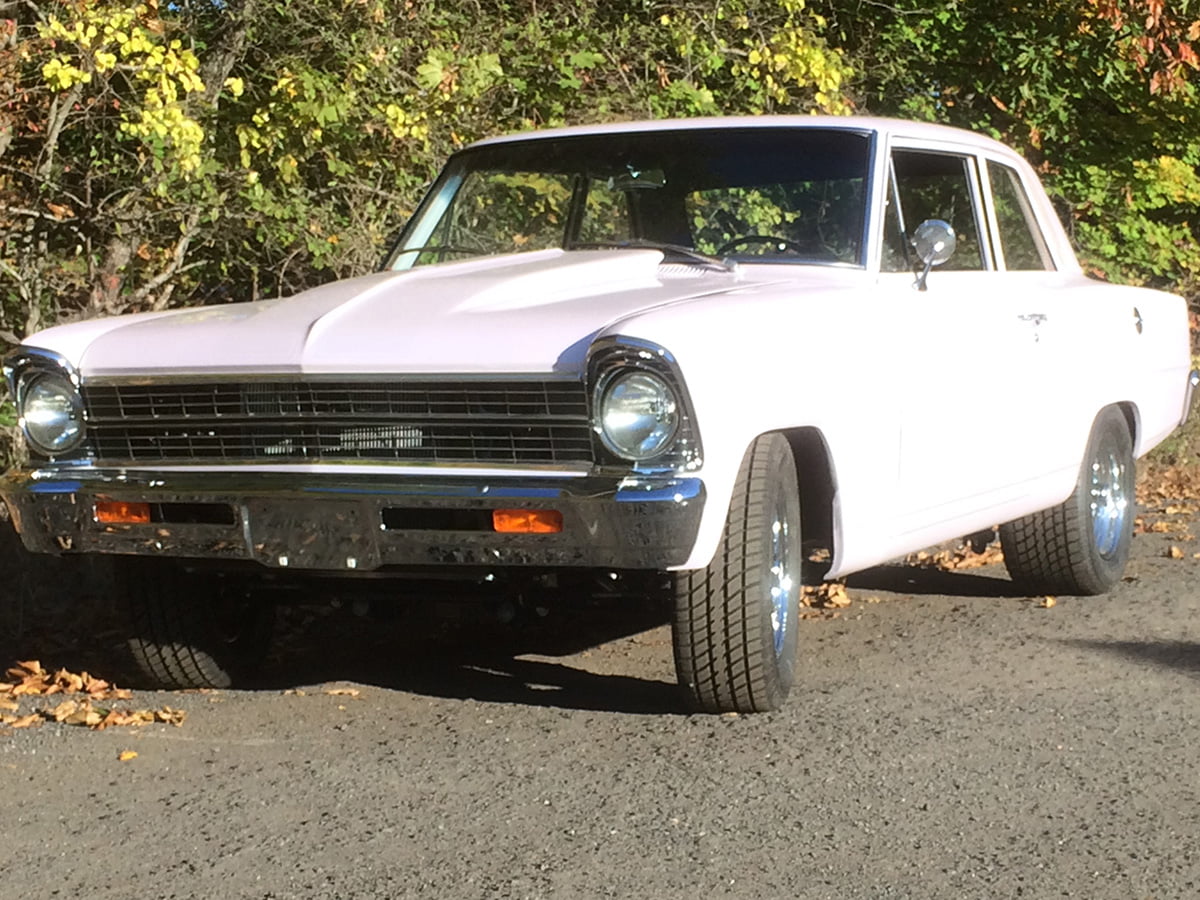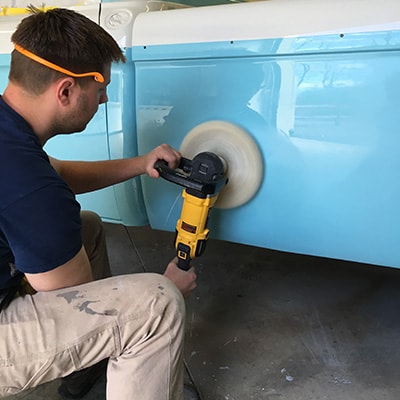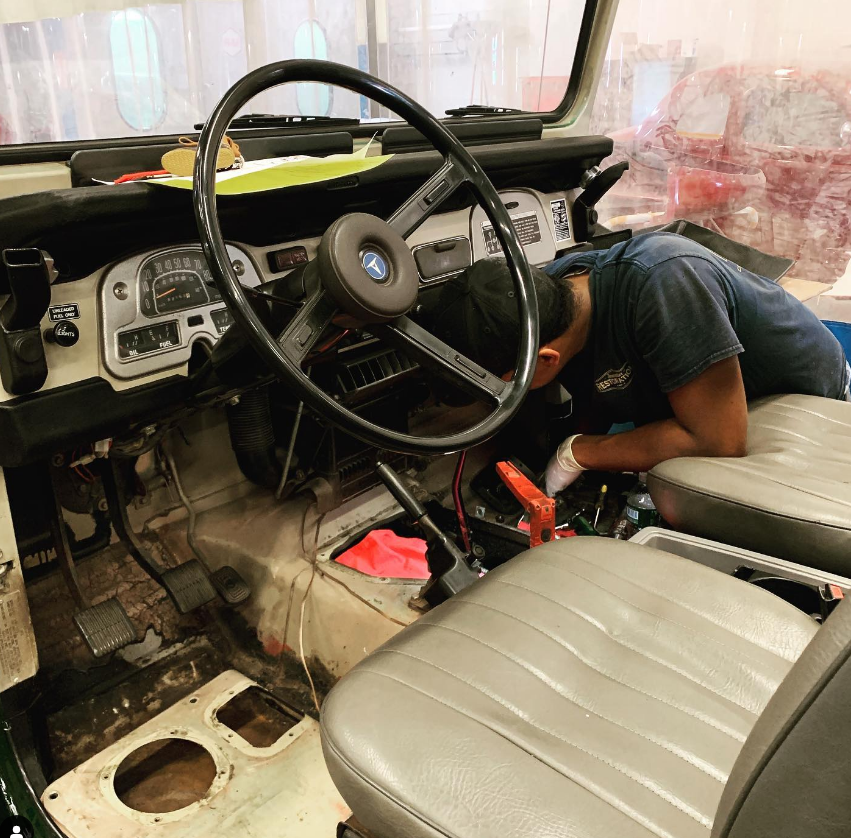With the winter season in full effect, classic car enthusiasts are facing the annual dilemma of storing their cherished vehicles. For those in Connecticut, where harsh winters are commonplace, ensuring proper storage is essential to preserve these automotive treasures. At Innovative Restorations, we understand the importance of safeguarding these pieces of history. Here are some winterizing tips and long-term storage guidelines to help protect your classic car investment, along with strategies for pest prevention.
Winterizing Tips:
- Clean and Detail: Before storing your classic car, give it a thorough wash and wax. Cleaning the exterior removes dirt and grime that can cause corrosion over time. Additionally, detailing the interior safeguards against moisture buildup and prevents mold or mildew growth.
- Fluid Check: Ensure all fluids – including oil, coolant, brake fluid, and fuel stabilizer – are at appropriate levels. Fresh oil and coolant help prevent corrosion and maintain engine integrity during storage, while a fuel stabilizer prevents fuel degradation and carburetor issues.
- Tire Maintenance: Inflate tires to the recommended pressure to prevent flat spots. Consider placing the vehicle on jack stands to relieve pressure from the tires and preserve their shape.
- Battery Care: Disconnect the battery or use a trickle charger to maintain its charge throughout storage. This prevents battery drain and extends its lifespan.
Long-Term Storage Guidelines:
- Choose a Climate-Controlled Environment: Opt for indoor storage in a climate-controlled facility to protect against extreme temperature fluctuations. Stable temperature and humidity levels help prevent rust, corrosion, and deterioration of rubber components.
- Elevate the Car: Place the vehicle on blocks or jack stands to relieve pressure from the suspension components and prevent tire flat spots.
- Cover Up: Use a breathable, soft car cover to shield the vehicle from dust and debris while allowing airflow to prevent moisture buildup.
- Regular Checkups: Schedule periodic inspections to monitor the condition of the car. Address any issues promptly to prevent minor problems from escalating into costly repairs.
Pest Prevention in Storage:
- Seal Entry Points: Inspect the storage area for potential entry points such as gaps in doors or windows. Seal any openings with weather stripping or caulk to prevent pests from entering.
- Use Pest Deterrents: Place mothballs, cotton balls soaked in peppermint oil, or commercial pest deterrents around the vehicle to discourage rodents and insects.
- Keep it Clean: Remove any food crumbs or debris from the car and surrounding area to eliminate attractants for pests.
By following these winterizing tips, long-term storage guidelines, and pest prevention strategies, classic car owners can ensure their vehicles remain in pristine condition year-round.
